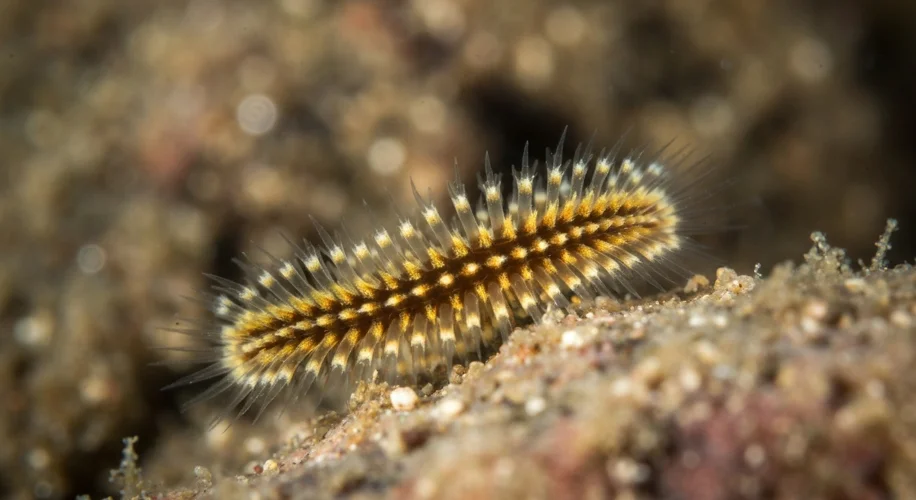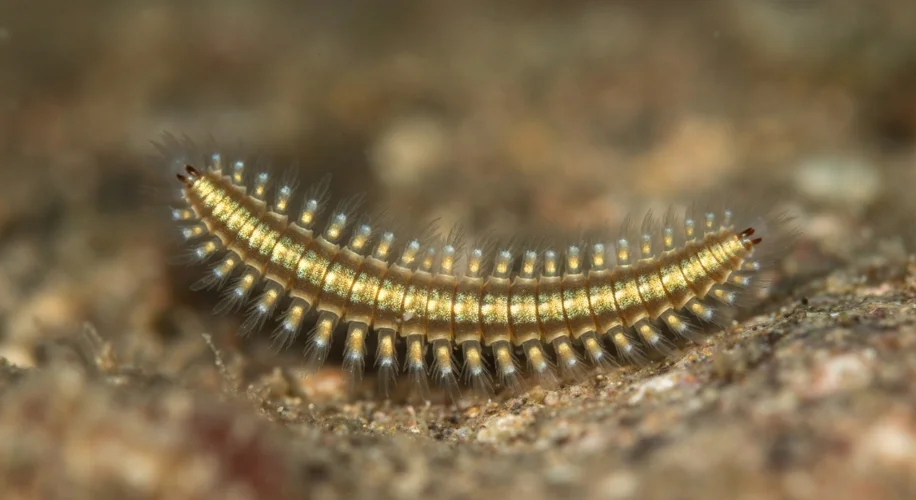In the vast, often unforgiving tapestry of the natural world, countless creatures possess extraordinary defenses. Yet, few are as peculiar and potent as the marine annelid, Ophryotrocha labronica, often nicknamed the “golden worm” for its shimmering, metallic hue. This seemingly humble inhabitant of the ocean floor, found clinging to rocks and debris in the Mediterranean Sea, harbors a secret weapon against the very essence of life-threatening substances: poison. Its resilience in the face of environmental toxins is not merely a biological curiosity; it’s a testament to nature’s ingenious solutions.
Our story begins not with the worm itself, but with the context of its discovery and the scientific quest to understand its unique properties. The 1970s marked a period of burgeoning environmental awareness, as the impact of industrial pollutants on marine ecosystems became increasingly apparent. Scientists, driven by a need to understand how life persisted in contaminated waters, turned their attention to organisms that thrived in environments where others perished.
Among the key figures in this research was Dr. Peter E. D. Davy, a marine biologist who, along with his colleagues, began a series of groundbreaking studies on Ophryotrocha labronica. They observed that these worms, often found in areas exposed to heavy metals like copper and cadmium, displayed a remarkable tolerance to these deadly substances. This wasn’t just a passive resistance; it was an active, physiological adaptation that allowed them to survive, even flourish, in conditions that would swiftly kill most other marine life.
The central enigma was how these worms achieved such a feat. The answer lay in their ability to sequester, or store, the toxic metals within their bodies. Unlike many organisms that would be poisoned by accumulating such high concentrations, the golden worm developed a sophisticated internal detoxification system. They effectively “neutralized” the poison by binding it to specific proteins within their cells, preventing it from disrupting essential biological processes. This internal alchemical process transformed a lethal threat into a manageable burden.

Imagine the sheer wonder of these early observations. Researchers would expose the worms to controlled doses of copper sulfate, a common and potent marine toxin. Instead of witnessing a mass die-off, they observed the worms continuing their slow, deliberate movements, their golden bodies shimmering under the laboratory lights. Further analysis revealed that the copper was not eliminated from the worm’s system, but rather meticulously stored in specialized vesicles, essentially creating a biological containment unit.
The consequences of this discovery rippled far beyond the confines of marine biology. The golden worm’s detoxification mechanism offered a potential blueprint for bioremediation – the use of biological organisms to clean up pollution. The idea that a tiny worm could break down or neutralize harmful substances ignited imaginations, suggesting that nature itself held the keys to healing the environmental damage inflicted by human activity.
The analysis of this phenomenon continues to this day. Scientists have delved deeper into the molecular mechanisms at play, identifying specific metallothionein proteins that are crucial in binding these heavy metals. The efficiency with which Ophryotrocha labronica produces and utilizes these proteins is extraordinary, far exceeding the capabilities of many other known metallo-detoxifying organisms.
However, the story of the golden worm is not just a tale of scientific triumph; it’s also a poignant reminder of the delicate balance of ecosystems. While these worms have evolved an incredible defense, their survival is still intrinsically linked to the health of their environment. Their ability to fight poison highlights the remarkable adaptability of life, but also underscores the importance of preserving the natural world that fosters such wonders. The golden worm, a small creature with a formidable secret, continues to teach us about resilience, adaptation, and the profound interconnectedness of all living things.

